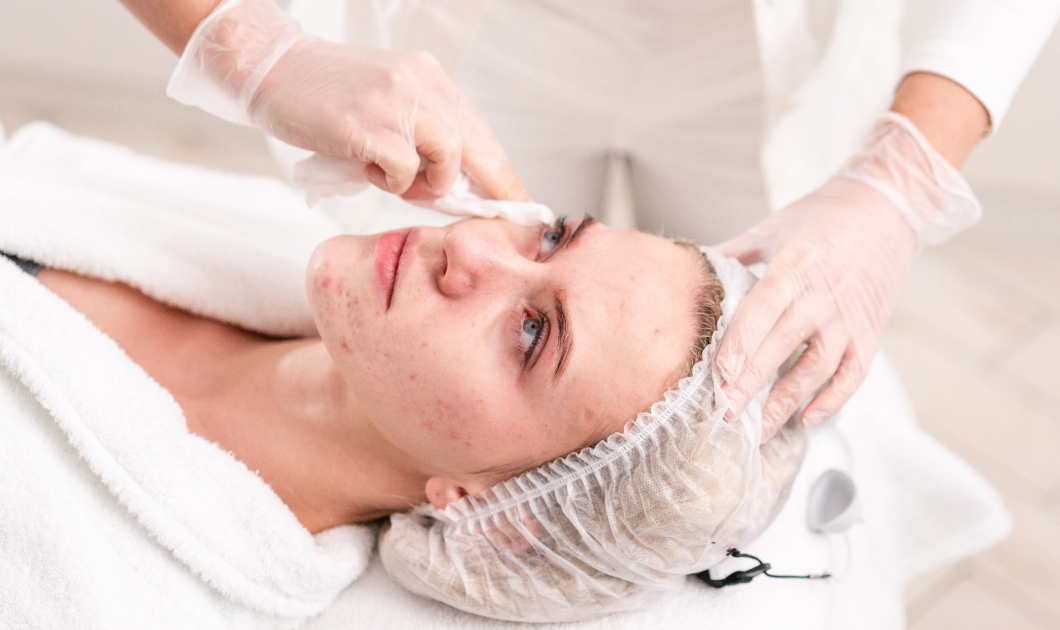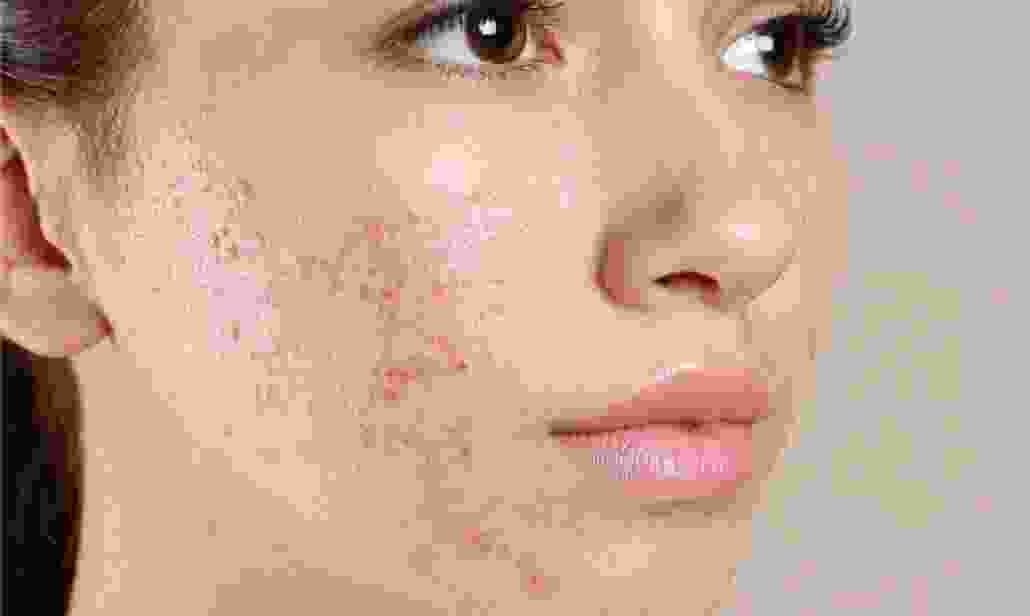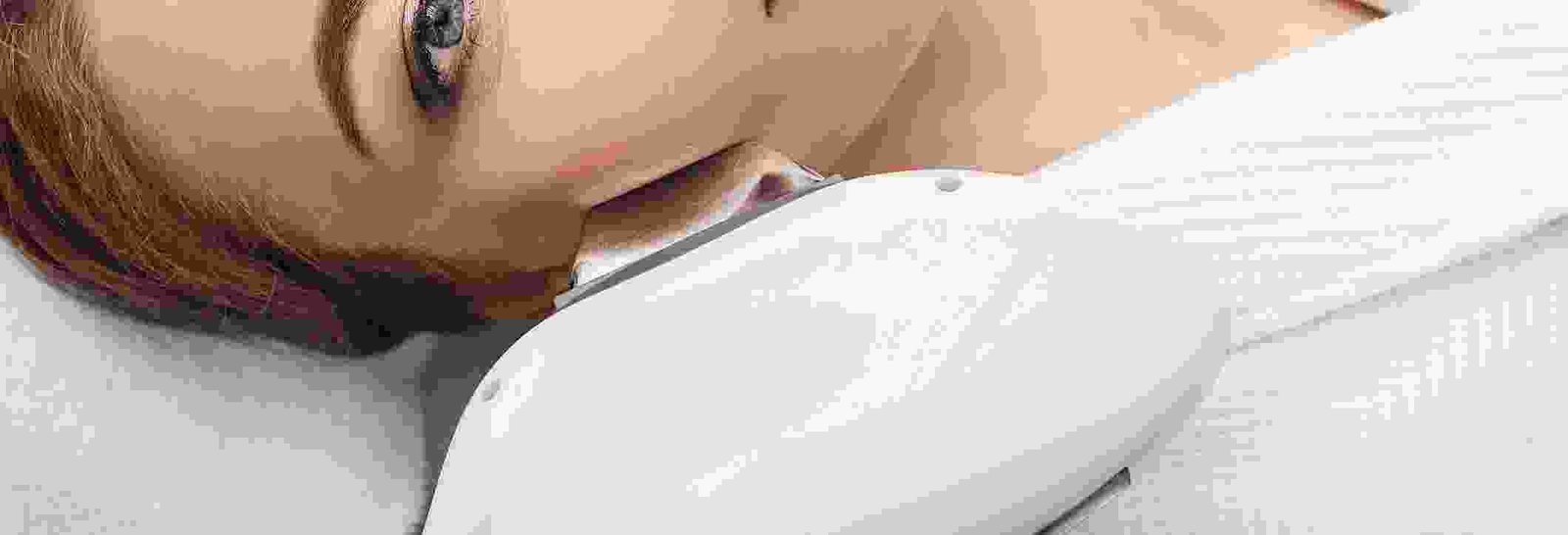- Home
- About
- Services
- Hair Treatment
- Body Treatments
- Spider Vein Treatment
- Face Treatments
- BOTOX
- Carbon Laser Face
- Chemical Peel
- Dermal fillers face
- Eye brow tatoo removal
- Facial rejuventation
- Fractional Laser
- Gloden stamp Facial
- Hydrafacial
- Laser hair removal
- Lip blush
- Mesotherapy hair
- Oxyegeon Facial
- Red carpet Facial
- Photodynamic rejuventation
- RF microneddling
- Thread lift
- Vampire Facial
- Yellow Peel face
- Semi permanent makeup
- Appointment
- Contact
- Home
- About
- Services
- Hair Treatment
- Body Treatments
- Spider Vein Treatment
- Face Treatments
- BOTOX
- Carbon Laser Face
- Chemical Peel
- Dermal fillers face
- Eye brow tatoo removal
- Facial rejuventation
- Fractional Laser
- Gloden stamp Facial
- Hydrafacial
- Laser hair removal
- Lip blush
- Mesotherapy hair
- Oxyegeon Facial
- Red carpet Facial
- Photodynamic rejuventation
- RF microneddling
- Thread lift
- Vampire Facial
- Yellow Peel face
- Semi permanent makeup
- Appointment
- Contact
- ACNE TREATMENT
- Carbon Laser Face
- Back Facial
- Body Fillers
- Ombre brows
- Chemical Peel
- Fat Dissolving Injections
- Fractional Laser
- Hand Rejuvenation
- Lymphatic Drainage
- BOTOX
- Neck Rejuvenation
- Non Surgical Body Contouring
- RF Microneedling
- Skin Brightening
- Spider Vein Treatment
- Tattoo Removal
- Underarm Facial
- Chemical Peel
- Dermal fillers face
- Eye brow tatoo removal
- Facial rejuventation
- Fractional laser
- Gloden stamp Facial
- Hydrafacial
- Laser hair removal
- Lip fillers
- Microdermabasion
- Oxyegeon Facial
- Photodynamic rejuventation
- Red carpet Facial
- RF microneddling
- Thread lift
- Vampire Facial
- Yellow Peel face
- Exosome Hair
- IV Therapy hair
- Mesotherapy hair
- Axillary hyperhidrosis
- PRP hair
- Scalp facial
- Lip blush
- Lips neutralisation
- Microblading
- MELASMA TREATMENT
- ANTI AGING SURGERY
- NAIL TREATMENT
- WART REMOVAL
- SKIN TREATMENT
CONTACT US
- (000) 123-456-789
- 4128 Franklin St, California(CA), 95350
- sirpi@example.com

Axillary hyperhidrosis
Causes
Primary Hyperhidrosis: This type of hyperhidrosis occurs without an underlying medical condition and is usually related to overactivity of the sweat glands. It often starts in childhood or adolescence and can be hereditary.
Secondary Hyperhidrosis: This form is caused by an underlying medical condition or medication. Conditions such as diabetes, thyroid disorders, infections, or menopause can contribute to excessive sweating. Certain medications can also have sweating as a side effect.
Symptoms
Excessive Sweating: Noticeable sweating in the armpits that may soak through clothing.
Frequent Need for
Reapplication: Frequent reapplication of antiperspirants.
Odor: Possible increase in body odor due to sweat.
Discomfort and Irritation: Skin irritation or rashes in the affected area.
Diagnosis
Diagnosis is often based on medical history and a physical examination. In some cases, additional tests may be performed to rule out secondary causes, such as blood tests or imaging studies.
Treatment Options
Topical Treatments
Antiperspirants: Over-the-counter or prescription-strength antiperspirants containing aluminum chloride can reduce sweating.
Prescription Medications: Prescription antiperspirants that are stronger than over-the-counter versions.
Oral Medications
Anticholinergics: Medications that reduce sweating by blocking the chemical signals that stimulate sweat glands. Examples include glycopyrrolate and oxybutynin.
Botox Injections
Description: Botulinum toxin injections (Botox) can temporarily block the nerves that stimulate sweat glands.
Benefits: Provides relief for several months, with treatments typically required every 6-12 months.
Procedure: Multiple injections are administered into the affected areas.
Iontophoresis
Description: A procedure that uses a device to pass a mild electrical current through the skin, which can reduce sweating.
Benefits: Effective for some people, but usually requires regular sessions.
Microwave Therapy
Description: Uses microwave energy to destroy sweat glands.
Benefits: Can offer long-term relief with a single session, but results vary.
Surgery
Endoscopic Thoracic Sympathectomy (ETS): A surgical procedure that involves cutting nerves that control sweating. This is usually considered only for severe cases due to potential side effects and risks.
Lifestyle and Home Remedies
Hygiene Practices: Regular washing and use of breathable fabrics.
Dietary Changes: Avoiding spicy foods and caffeine, which can trigger sweating.
Stress Management: Techniques like meditation or relaxation exercises may help manage stress-induced sweating.
Consultation
If you experience excessive sweating that affects your quality of life, consult our Dermatologist or Practitioner. They can provide a thorough evaluation, discuss potential underlying causes, and recommend appropriate treatments based on your specific situation.
Managing Expectations
Effectiveness: Different treatments have varying levels of effectiveness and may work differently for each person.
Axillary hyperhidrosis can be effectively managed with the right treatment plan. Consulting with our medical professional will help you find the best approach to control sweating and improve your quality of life.
For appointments at Tuyur Al Jamal kindly call +9714 554 1793 or WhatsApp us on +97158 191 9741

Before

After
STET CLITA KASD GUBERGRE


